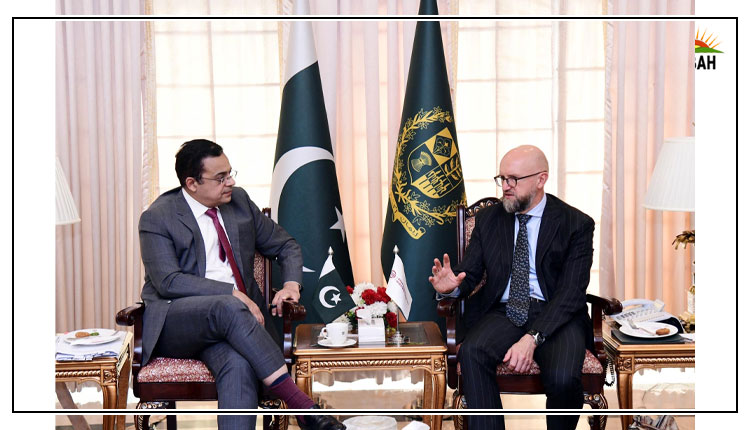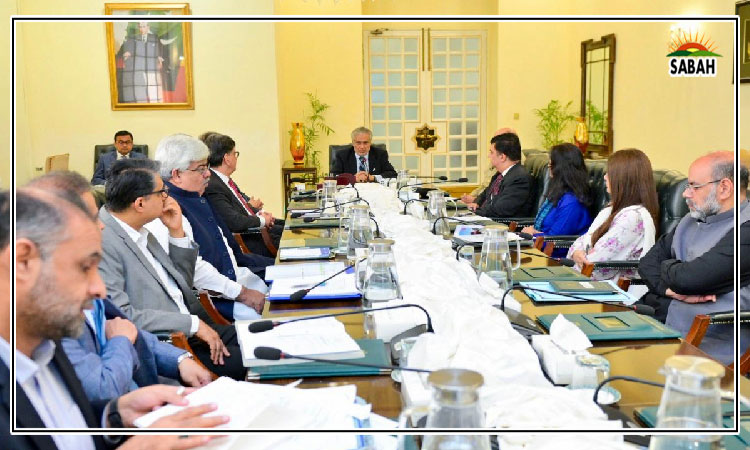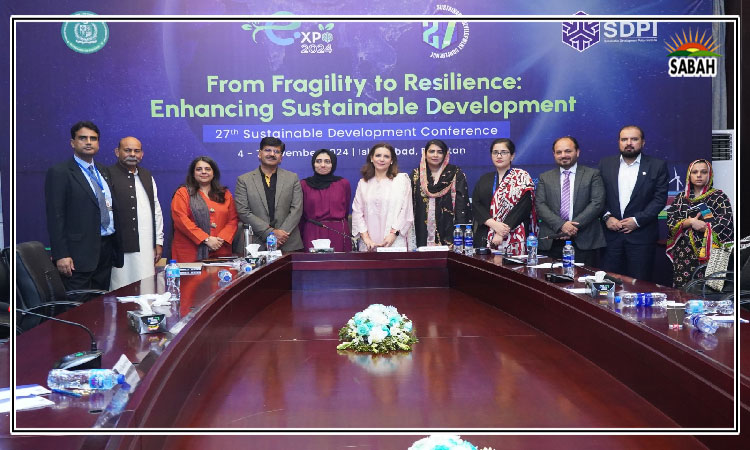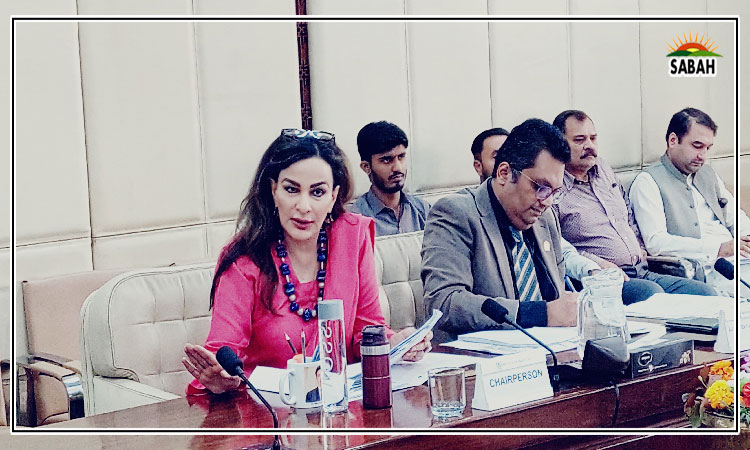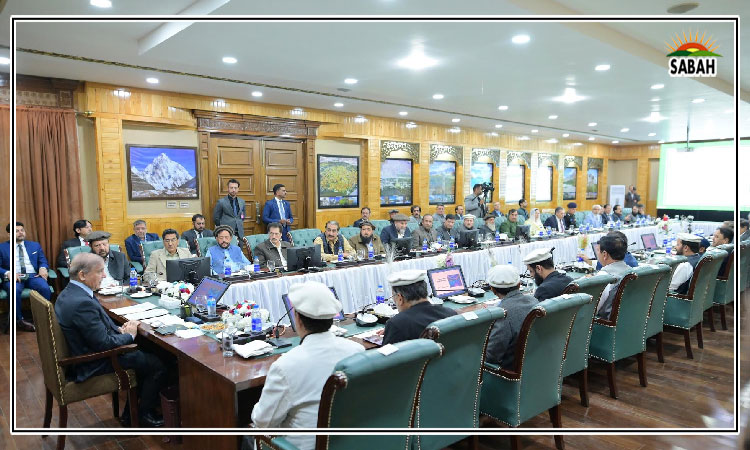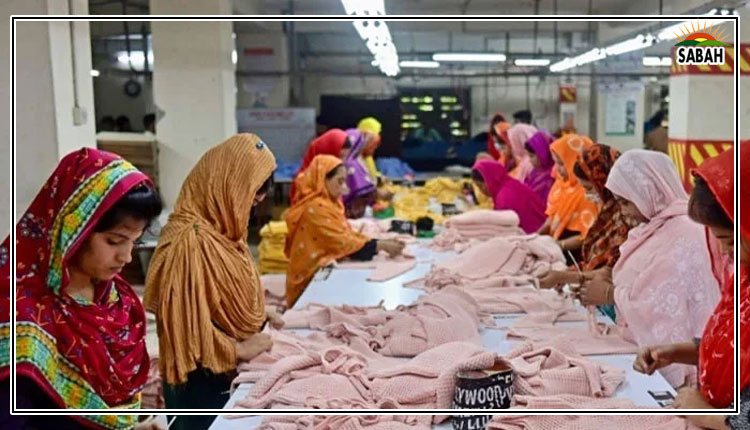Uplifting our workforce…Hadiqa Mir
The development and management of human resource (HR) is crucial for sustainable economic development. Human resource development is a process that nurtures workforce skills, knowledge, and abilities, thus making them a powerful catalyst for national productivity and economic development.
Efficient human resource development reduces unemployment, attracts investment, improves productivity, innovates economy and improves human capital. Thus, developed countries strive to revamp their HR framework to meet the evolving workforce requirements.
Pakistan’s population of 241.5 million, with 64 per cent of them under 30, presents a significant opportunity for economic growth. This demographic dividend is projected to continue until 2050, indicating a potential youth bulge. However, the current reality of 17 million unemployed youth in Pakistan represents a significant underutilisation of human capital. This contrast between potential and reality underscores the importance of effective HR development.
Pakistan’s education is at a crossroads, facing three main challenges: relevance, quality, and accessibility. Furthermore, its skill development and vocational training programmes are struggling to keep up with the constantly changing requirements of the global labour market, as most people receive training through traditional apprenticeships in the informal sector. The urgency of addressing these issues is paramount.
Compared to the global average of 67 per cent, Pakistan’s labour force participation rate is only 45 per cent due to a deficient HR development and management system. The unemployment rate has increased to 6.9 per cent in the year 2023. Additionally, 2.2 million individuals enter the job market every year, whereas the capacity to absorb them in the system is decreasing because industrial growth is declining at -14.9 per cent.
There is a glaring gender disparity in the labour force, with 23 per cent of women’s participation amongst the lowest in the world. This disparity, showing a lack of inclusive policies in the HRD infrastructure, calls for action.
The critical analysis of human resource management and training infrastructure highlights fivefold problems. Technical and vocational training curriculum needs to be revised according to international standards. According to the UNDP Global Knowledge Index 2022, Pakistan is ranked 101 out of 132 countries in overall Technical and Vocational Education and Training (TVET). Furthermore, regarding TVET quality and qualifications, Pakistan is ranked 92/132, whereas, in continuous training and skill development, it is 106 out of 132.
Second, Pakistan’s HRD infrastructure needs international accreditation and certification, making exporting human resources abroad difficult. There is no uniform and credible testing system, and out of 650 conventional qualifications, only 330 are converted into Competency-Based Training.
Third, TVET needs more financial resources and vigilance. TVET Institutes are running with 65 per cent of teaching staff having a meagre budget compared to the other countries. Additionally, 48 per cent of institutes are housed in partially satisfactory buildings, and 43 per cent still use obsolete equipment. A comparative analysis of Pakistans TVET budget and other countries follows.
Fourth, there needs to be a formal system of institute-industry linkage. Out of 4276 institutes, only 15 per cent are accredited. To effectively address the labour market skills demand, the industrial sector must be involved in providing access to high-quality skill development, on-the-job training opportunities, and workplace-based training paths. For the nation to have a sustainable, demand driven TVET system that promotes economic success, it is essential to provide real opportunities for industrial sector stakeholders to engage in decision-making processes about TVET sector management.
Lastly, critical stakeholders in HR infrastructure still need to develop key performance indicators (KPIs) to gauge performance. Consequently, policies have yet to be implemented on the ground.
Apart from infrastructure issues, the strategic management of HR to meet the workforce requirements abroad is also a significant problem. Most labour is exported in the less-wage segment of occupations like drivers, masons, technicians, electricians, mechanics, carpenters, etc. Over 52 per cent of exported HR is unskilled and semi-skilled, whereas only 5.0 per cent is professional and highly skilled. This results in low foreign remittances and a weak diaspora that has no say in the policy formulation of the host country. However, the market survey suggests various highly skilled and professional areas where HR is in demand. The subsequent map shows multiple regions and the in-demand professions.
Furthermore, most HR is exported to five states: the Kingdom of Saudi Arabia (KSA), the United Arab Emirates (UAE), Oman, Qatar, and Bahrain. Meanwhile, the most significant foreign remittances come from KSA, UAE, the United Kingdom (UK), and the United States of America (US). The HR management system has yet to explore many untapped HR markets like the Nordic region. The main reason behind this is the need for more research culture.
Considering the challenges mentioned above, a comprehensive five-year plan to target key areas of improvement is needed. Three vital areas can raise the overall TVET ranking: restructuring curricula, developing a credible national testing system, and attaining international accreditation and certifications. The target should be getting Pakistan into the top 50 TVET countries to utilize the available HR employment potential fully.
New TVET curricula should be developed using market-driven output-based training models. For that, the UNESCO-UNEVOC International Centre for Technical and Vocational Education and Training may be engaged proactively to develop comprehensive curricula in 6 months, tasking all TVET training institutions to align their training with it within the next six months.
After revamping curricula, international bodies like UNESCO-UNEVOC may be approached to facilitate international accreditation and certifications and develop a credible testing system. Currently, only 50 per cent of conventional qualifications are converted into competency-based training. The target should be to increase this percentage to 100 per cent so that all the trained HR staff meet international standards.
As the TVET budget is meagre, strategic resource management is needed. This can be achieved by targeting low-investment and high-remittance professions like IT and high-income markets like the Nordic Region. Furthermore, inclusive policies must be introduced by fixing a quota for women. The formal system of institute-industry linkage should be developed within a year, and the model of the dual system of Germany TVET can be replicated.
In conclusion, the practical restructuring of HRD infrastructure is inevitable to meet global workforce requirements. Investing in revamping Pakistans HR infrastructure will ensure sustainable economic development by effectively leveraging its human capital.
Courtesy The News


